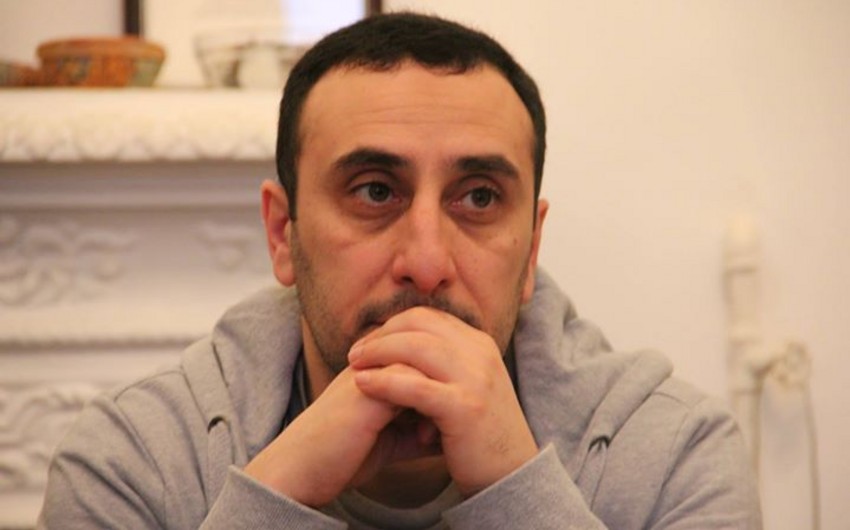Baku. 31 March. REPORT.AZ/ Armenians within the framework of the extermination of the Azerbaijani population of the Caucasus intended to create a more autonomous or public entities for control of the region, said to Report the Researcher at the Institute of Human Rights of the National Academy of Sciences of Azerbaijan (NASA), the historian Rizvan Huseynov, commenting on the events of March 31, 1918 .
"I would like to note that, it was a part of a larger plan for the physical extermination of the Muslim, Turkic, including Azeri population of the Caucasus. In this project, supported indirectly by a number of European countries, including the part of Bolshevik Russia at that time, was planned to create few or Armenian autonomy, or public entities through which it was possible to manipulate and control the region, primarily oil-rich Baku and the Caspian region", said R.Huseynov.
He pointed out, the massacre of Azerbaijanis was carried by 20 thousand Armenian armed groups, that fought in the First World War on the Caucasian front in Turkey on the side of the European countries and Russia against the Ottoman Empire.
"As a result of this war, Turkey has defended part of its territory, claimed by the Dashnak Armenian political leadership and the church. These huge group who had broad powers through Azerbaijan Baku commissars Shaumyan were moved from the front of the First World War in the Caucasus in Azerbaijan, although these people were not related to our country ", said the historian.
According to him, first Turkish Armenians made a huge atrocities in Turkestan, that's to say in Central Asia, where these troops killed a large number of civilians, committing bullying and abuse of women, children and corpses.
"After that, the train returned to Azerbaijan, as well as with local Armenians moved to Azerbaijan and committed the same atrocities in South Azerbaijan, in the North, including in the province of Irevan, Ganja, Guba, Salyan, Shamakhi, Derbent", added R.Huseynov.
He drew parallels between the brutality of the Armenian nationalists in 1918 and during the Karabakh war.
"All of this suggests that the world and the region has been experiencing political upheavals and wars, and the Armenian diaspora not by itself, but with the support and service with the leading countries of the world commits atrocities against the Muslim, Turkic population. That's to say, we must remember, we must be alert to the possibility that any major disasters, which changes the boundaries of countries in the region, or shock, is usually used to to begin the massacre of Muslim, Turkic population by the Armenian nationalists. We have to be ready for this and, of course, know in advance such plans or progress in this direction in order to firmly stop, until the complete extermination of those who intend to destroy our people", concluded the historian.
On 30 March and 3 April 1918 in Baku, as well in different parts of the province, also in Shamakhi, Guba, Khachmaz, Lenkeran, Hajigabul, Salyan, Zengezur, Karabakh, Nakhchivan and other regions of the country Baku Soviet and Dashnak Armenian armed units committed genocide against the Azerbaijanis.
The bloodiest of these events occurred on March 31, 1918. Using February and October revolutions of 1917 occurred in Russia, the Armenians managed to realize their plans under Bolshevik flag. Since March, 1918 Baku commune under the guise of combating the counter-revolutionary elements, began to implement their plans, pursuing the aim to clean the Baku province of Azerbaijanis.


 https://static.report.az/photo/5e64058f-c8ff-482a-bfb6-572bc86c634b.jpg
https://static.report.az/photo/5e64058f-c8ff-482a-bfb6-572bc86c634b.jpg

